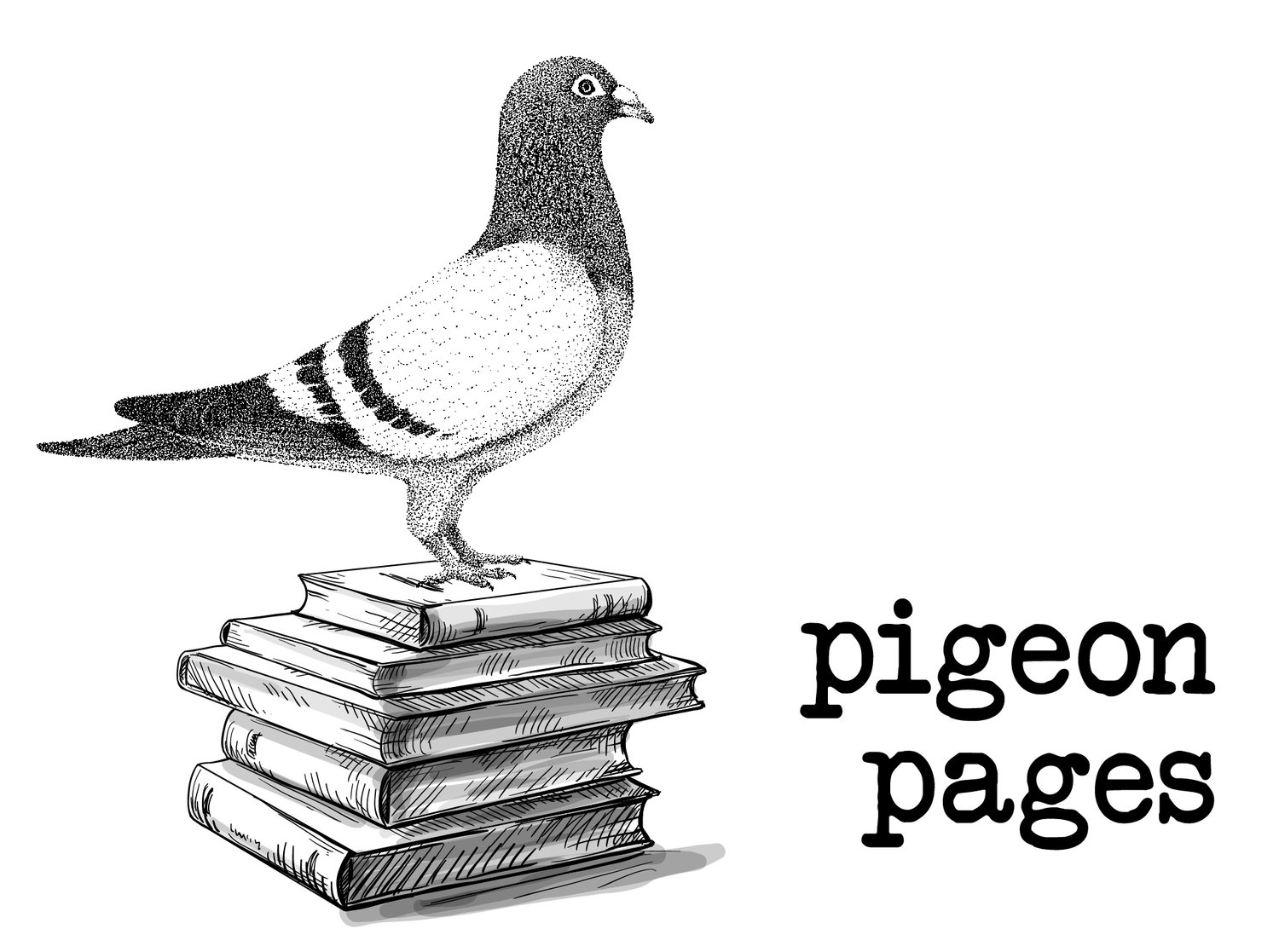Joseph Cornell, Now, Voyager, 1966. Art © The Joseph and Robert Cornell Memorial Foundation / Licensed by VAGA, New York, NY
Too Me Again
by Allison Albino
Red makes you look awake, my mother
would say, as she dabbed rouge on my kindergarten
lips and cheeks with lipstick she stored in the fridge
so it would last. For poinsettia, she’d say it punnsett-i-tyah
which sounded like some Italian dish with red sauce
and a bit of Filipino accent. I’d say it this way too
just like I’d say squeer-ull for squirrel because that’s
how she’d say it and mothers are never wrong.
The kids at school would correct me and laugh
like I wasn’t born here. Or maybe that was because
my mother packed my lunch with three Popeye’s
chicken wings and a bag of Doritos. And I would
nosh on chicken skin while the others ruminated
on peanut butter and jelly sandwiches. Even though
my mother was a doctor when women weren’t doctors
she’d still ask me to make appointments for her over
the phone because I didn’t have an accent and no one
would look down on me. She’d ask, speak for me.
In French class, all I wanted to do was to sound
like the cassettes, and when I got to Paris, I sat in
the café with my Gauloises and pristine copy of Madame
Bovary on the table, as a blatant display, as if to say: Look,
I can read this. You won’t know I’m not from here. I can
hide my American – I’ve worked so hard for it.
When the French would ask me what my father did,
I wanted to avoid pronouncing chirurgien and just said
he’s the kind of doctor that cuts. And they’d laugh,
call it charming – my accent, my turn of phrase.
I don’t know how many years it took to stop hiding
behind the right way of saying, and just say, plant
the stick in the ground and claim this language
like land. We can acquire it in trunks, sift through
it like gold glinting in the pebbles. Or maybe that was sun,
or how my mother would sing, Too-ra-loo-ra-loo-ra,
Too-ra-loo-ra-la, Too-ra-loo-ra-loo-ra, hush now, don't you cry
like it wasn’t some Irish song from Killarney
but one she made up herself, just for me, so I could
fall asleep. She’d ask, “Would you like me to Too you?”
To which I’d say: “Too me again, mama. Too me again.”
Published March 3rd, 2019
Allison Albino studied creative writing at Sarah Lawrence College and has an M.A. in French literature from NYU. Her poems have appeared in the Apeiron Review, Punch Drunk Press, Poetry Northwest, and she has a craft essay published in The Critical Flame. Her poem, “Advice From My Immigrant Father,” was a finalist for the 2017 Joy Harjo Poetry Award. She was a recipient of the Lucille Clifton Memorial Fellowship from the Community of Writers at Squaw Valley, and has also received fellowships from The Fine Arts Work Center and Tin House. She was selected for the AWP Writer-to-Writer mentorship program and has twice been a poetry contributor at the Bread Loaf Writers’ Conference. She teaches French at The Dalton School and lives in Harlem.
Using the Surrealist technique of unexpected juxtaposition, Joseph Cornell's best-known works are glass-fronted boxes into which he placed and arranged Victorian bric-a-brac, old photographs, dime-store trinkets, and other found elements. Generally referred to as "shadow boxes," the resulting pieces are dream-like miniature tableaux that inspire the viewer to see each component in a new light. Cornell often used the shadow boxes to address recurrent themes of interest such as childhood, space, and birds, and they represented an escape of sorts for their creator, who was famously reclusive. Among the earliest examples of assemblage, the shadow boxes also helped give rise to a host of other Modern and Contemporary American art forms, from Installation art to Fluxus boxes.

